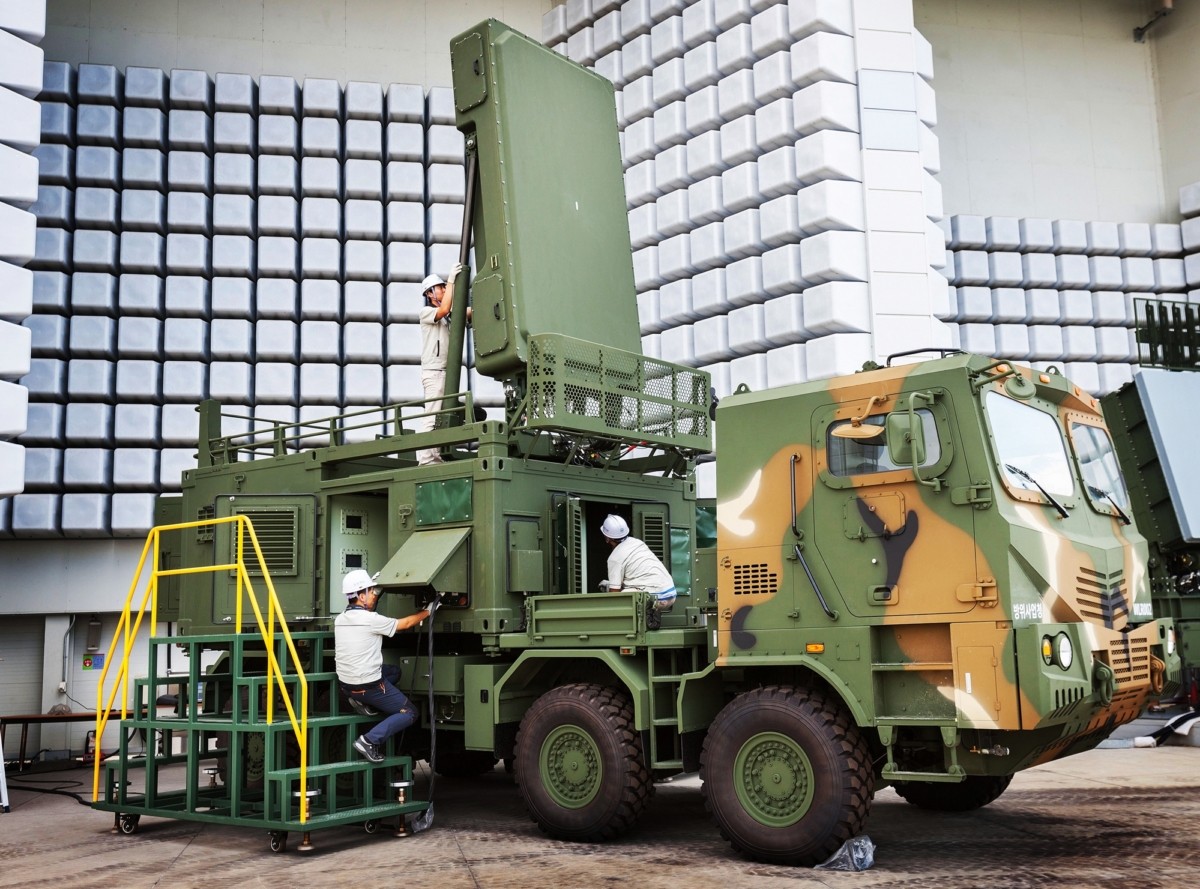
Russia’s Nebo-M radars can detect U.S.- made stealth aircraft such as the F-22 and F-35, the chief of the radar’s developer, Almaz-Antey, Director General Yan Novikov has revealed.
“The Nebo-M radar is the menace of stealth technologies. It can see F-22, F-35 and so on perfectly well,” Novikov was quoted as saying by TASS during the New Knowledge educational marathon on Saturday.
The latest radars are supplied to the units deployed in the ‘most dangerous’ regions. They were later supplied to regiments in Transbaikalia, Khabarovsk and Primorye regions, the report said.
Nebo-M Radar
The Nebo-M 3-D radar system features a programmable multi-band design. The complex includes central data fusion and command post module as well as three radars, all deployed on separate high-mobility 8 x 8 24-ton vehicles.
The first serial Nebo-M were delivered to the Western Military District in 2017. The radars were delivered to Crimean air defense in 2018. Mobile Nebo-M can be rapidly redeployed by land or airlifters.
Nebo-M can detect aircraft and ballistic missiles at a distance of one thousand kilometers. In the circular scan mode the complex is able to track up to 200 aerodynamic targets (including hypersonic missiles) at a distance and at altitudes of up to 600 km. In sector scan mode, Nebo-M can track to 20 ballistic targets at ranges of up to 1,800 km and at an altitude of up to 1,200 km.
Nebo-M detects targets at medium and high altitudes. Therefore, it usually operates together with Podlet radar which monitors low-flying targets. It has a range of 300 km, Viktor Murakhovsky, an expert told Izvestia.
Nebo-M unites three independent radars carried by separate vehicles. They operate in centimeter, decimeter and meter bands. The command post collects the information. The radars can operate solo and together. The simultaneous engagement of various bands properly detects various types of aircraft. The computer analyzes and compares data received in various bands and identifies weakly reflected signals.
The information exchange between the four vehicles (radars and command post) is wireless and needs no cables. Each radar has an electric 100 KW power generator. It all simplifies and accelerates the deployment in a new place. It takes only 25 minutes.
Almaz-Antey Concern said the radar detects targets with one square meter cross section at a distance of 600 km. If the radar abandons the round view and focuses in one direction, it can detect ballistic missiles in a 90-degree sector at a distance of 1,800 km.
Besides Nebo-M, stationary over-the-horizon Container radars also watch combat aviation close to Russian borders. They can detect targets at a distance of 2000 km.
